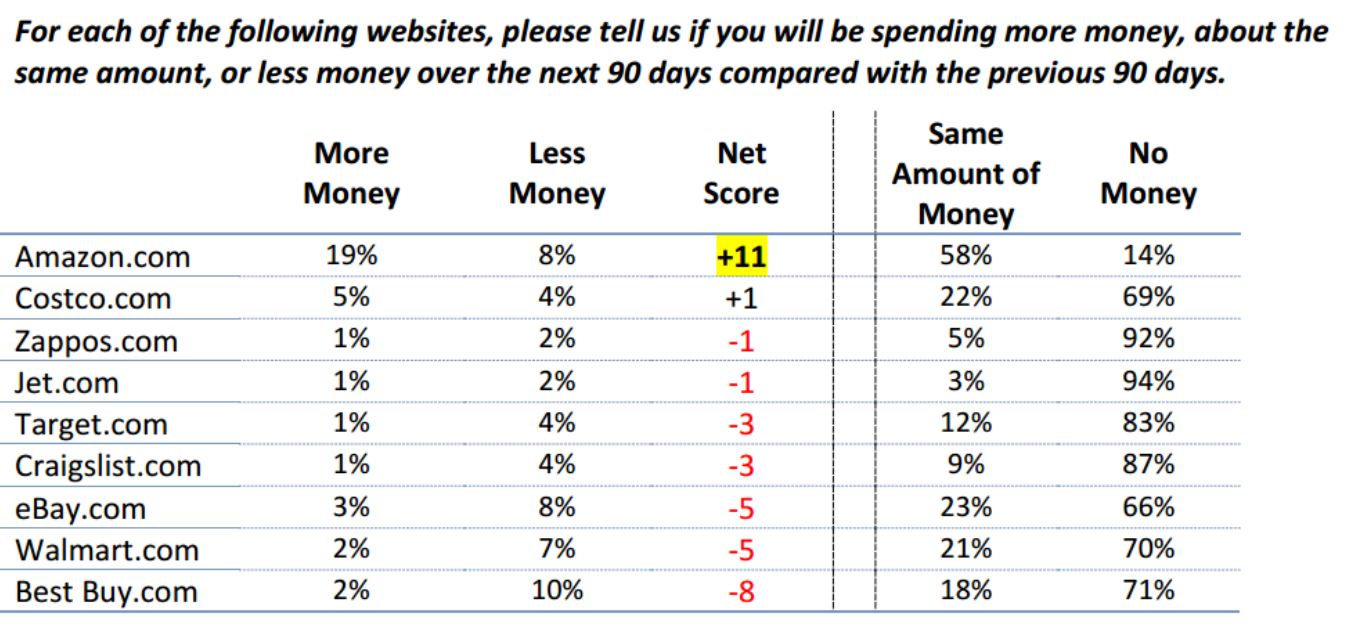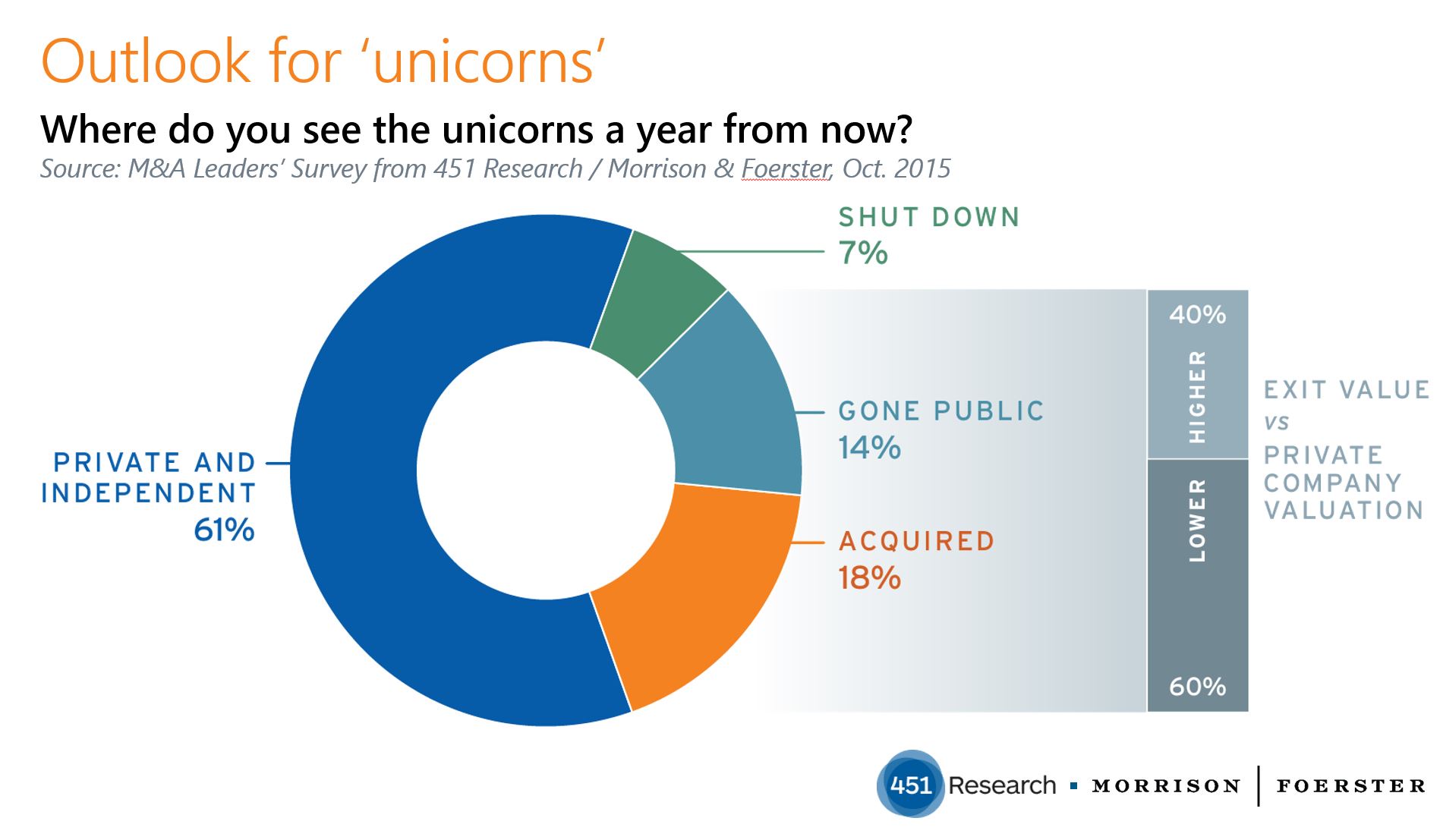Contact: Brenon Daly
Welcome to Wall Street, Blue Apron, but what are you doing here? That’s a question making the rounds among a few investors Thursday as the meal delivery outfit publicly reported financial results for the first time since its IPO. And how were Blue Apron’s numbers? Well, suffice to say that the company’s shares, which have been underwater since the offering in late June, sank even further. In roughly six weeks as a public company, Blue Apron has lost nearly half of its value.
Rather than specifically look at the top line or the mess of red ink that Blue Apron reported for its second quarter, it might be worthwhile to focus on a broader point that might have been lost in the quarterly song and dance: Blue Apron probably should have never come public in the first place. The five-year-old company was simply not mature enough to join the NYSE.
But since Blue Apron — needing the cash — went through with the offering, it finds itself in the very awkward position of casting around to find a way to be a sustainable business, and doing it in front of the whole world. Everyone gets to see all of the missteps: the sequential decline in customers and orders, the costs rising faster than sales, the employee layoffs. It’s a bit like a teenager going through the clumsy, fitful process of growing up while on a stage.
However, the company doesn’t appear to going anywhere, with CEO Matt Salzberg saying Blue Apron is committed to building ‘an iconic consumer brand.’ And he’s taken steps toward that goal. Although the IPO very much represented a ‘down round’ for Blue Apron, it nonetheless adds nearly $280m to its treasury. That buys a fair amount of time, as does the company’s dual-class structure of shares, which effectively makes it impossible for shareholders — who, don’t forget, are the actual owners of Blue Apron — to force it to consider any strategies from outside.
For both financial and philosophical reasons, an imminent sale of Blue Apron is unlikely. Nonetheless, we would hasten to add that at its current valuation, shares are priced to move. Wall Street currently values the company at about $1bn, which we could use as an approximate enterprise value (EV) for any hypothetical transaction. (By our rough-and-tough math, we assume that backing out Blue Apron’s cash from the purchase price would be offset by an acquisition premium.)
At roughly $1bn, Blue Apron’s net cost would be less than the $1.1bn it will likely put up in sales this year. That’s a smidge below the average EV/sales multiple of nearly 1.3x in the handful of internet retailers that have been erased from Wall Street since the start of 2015, according to 451 Research’s M&A KnowledgeBase. As those exit multiples suggest, merely becoming an iconic consumer brand doesn’t necessarily pay off.



![Alibaba_active_buyers_copy[1]](http://blogs.451research.com/techdeals/files/2016/04/Alibaba_active_buyers_copy1.png)